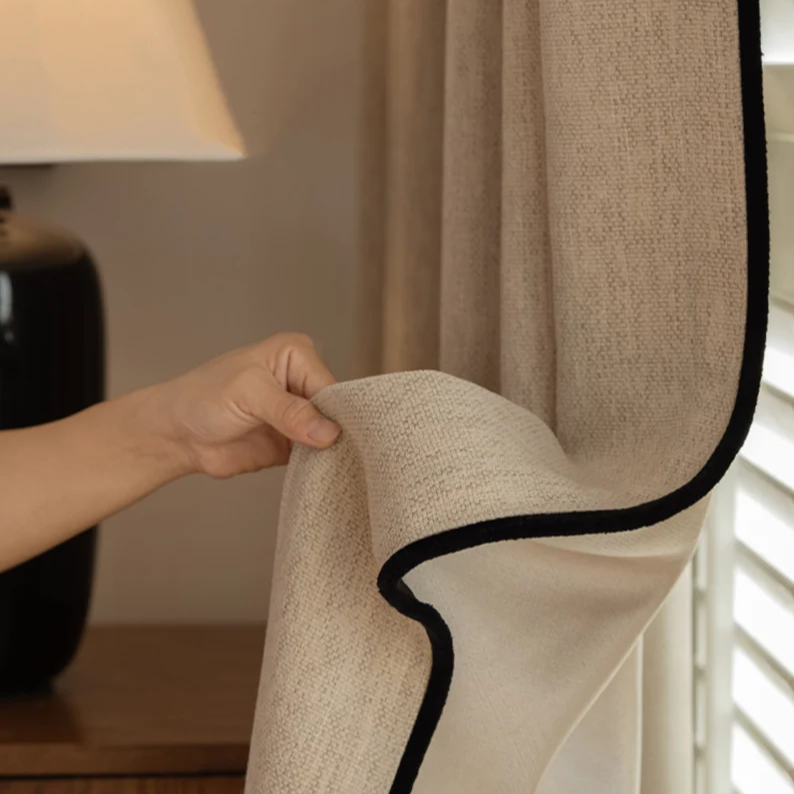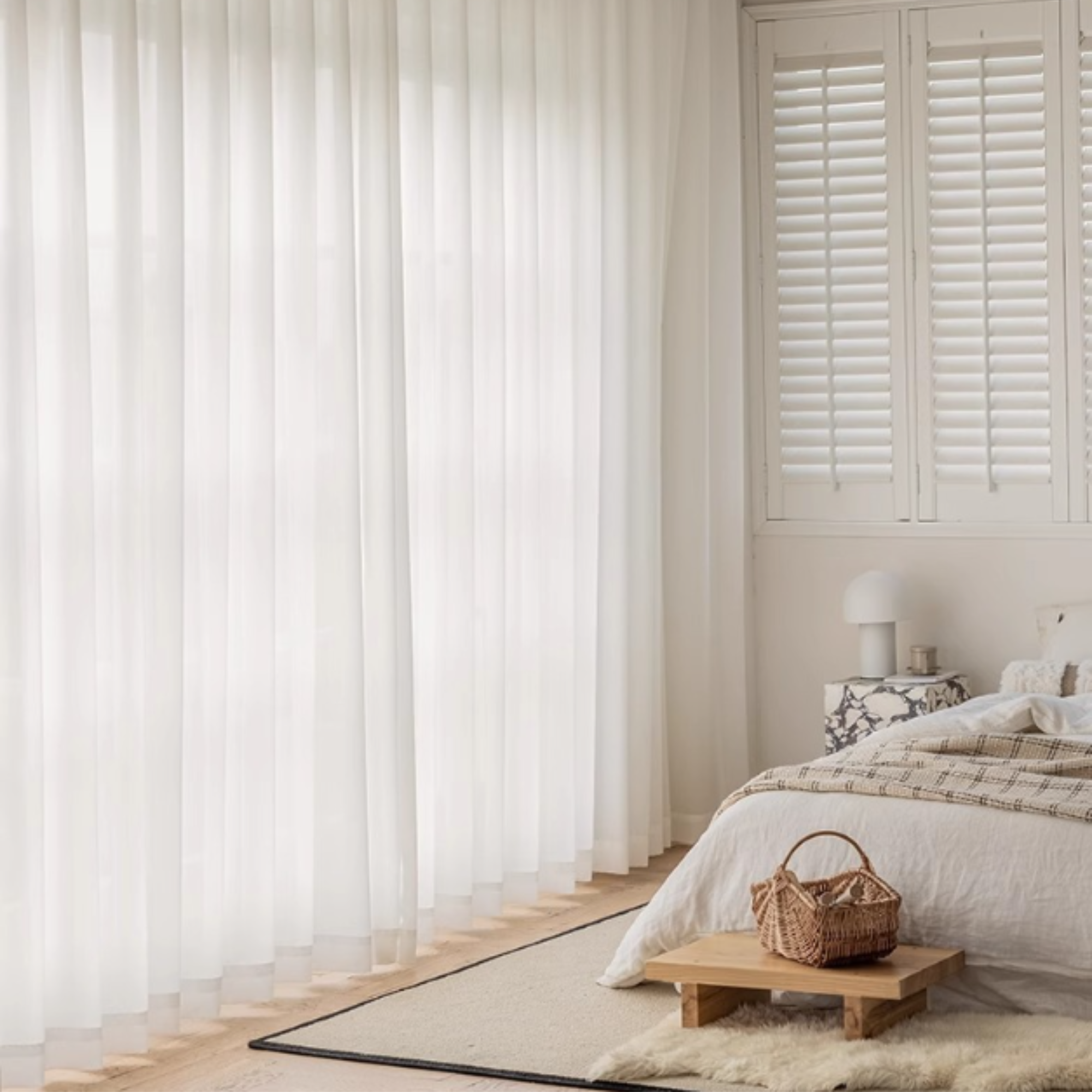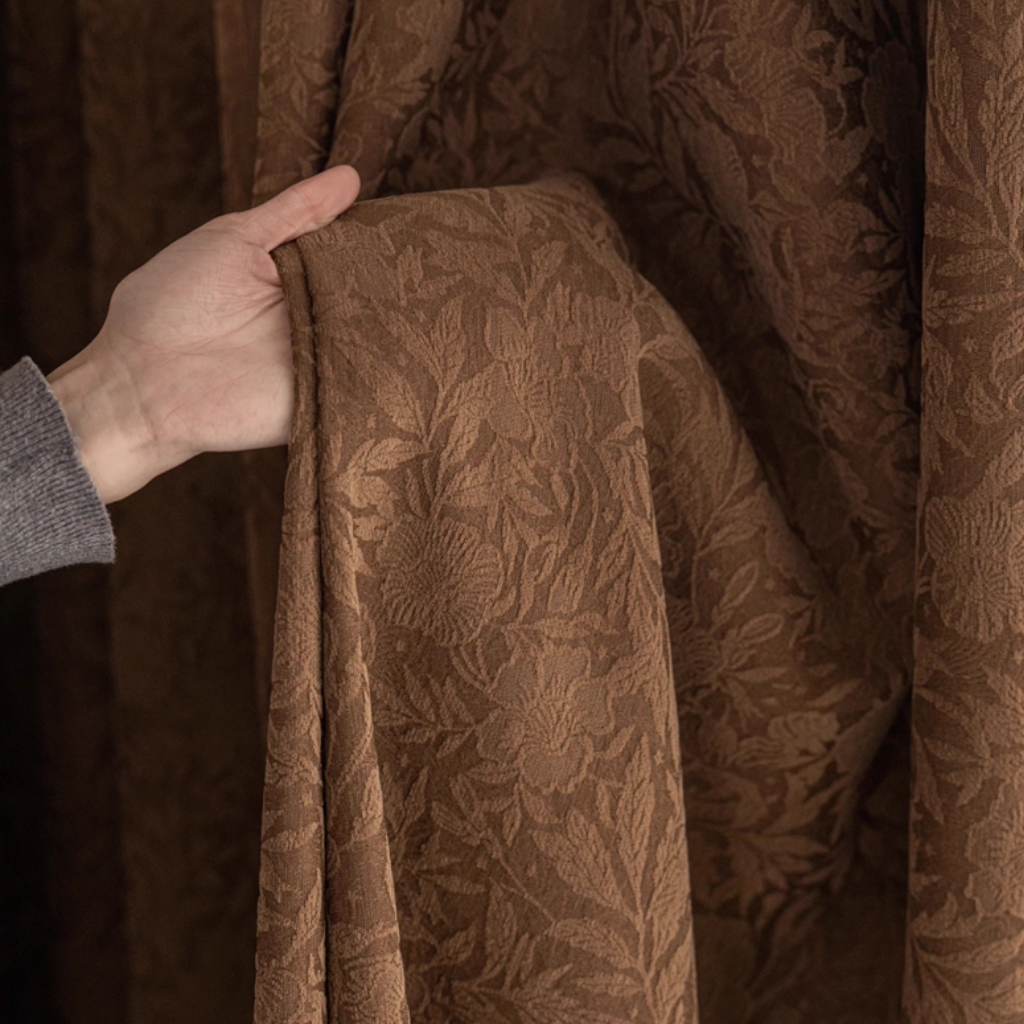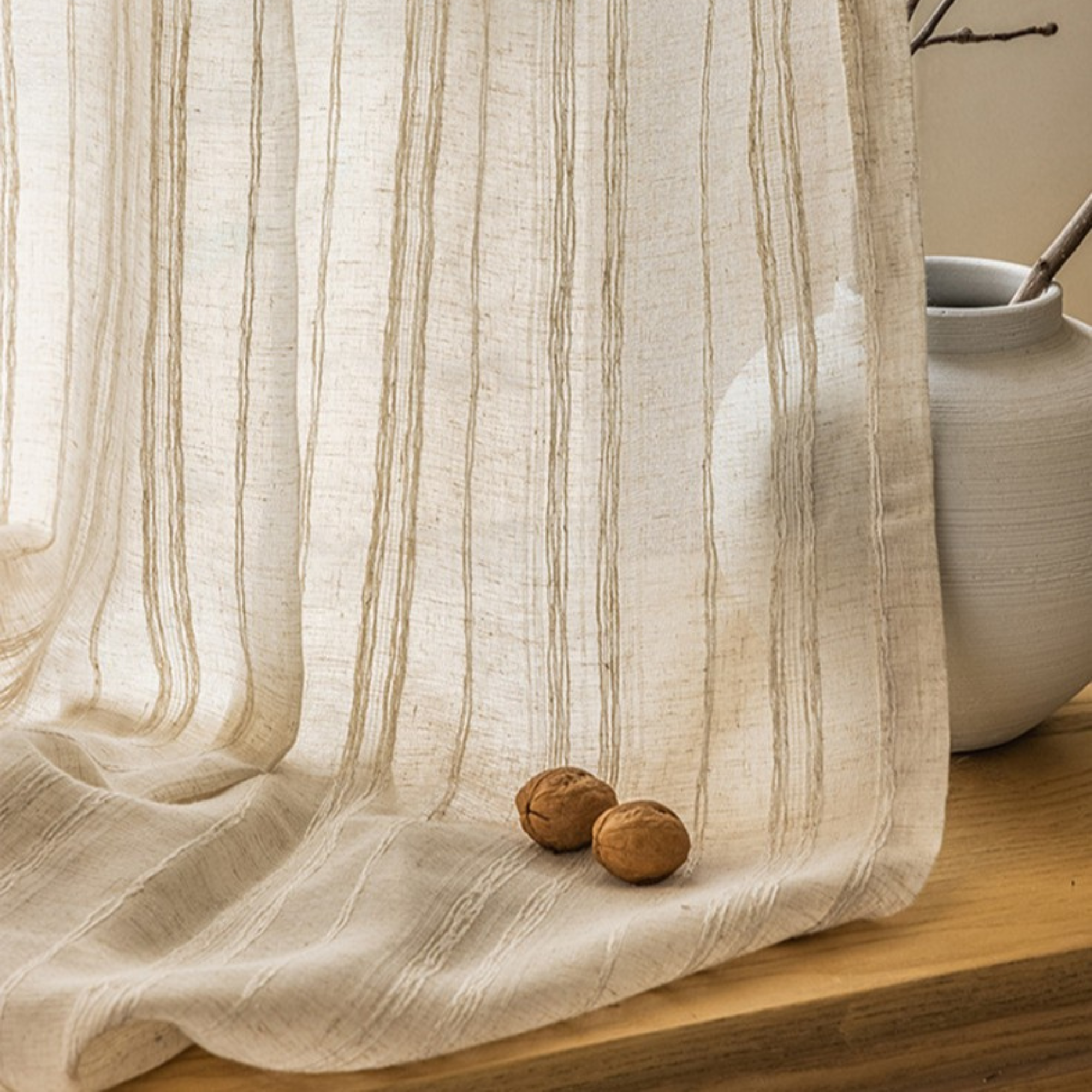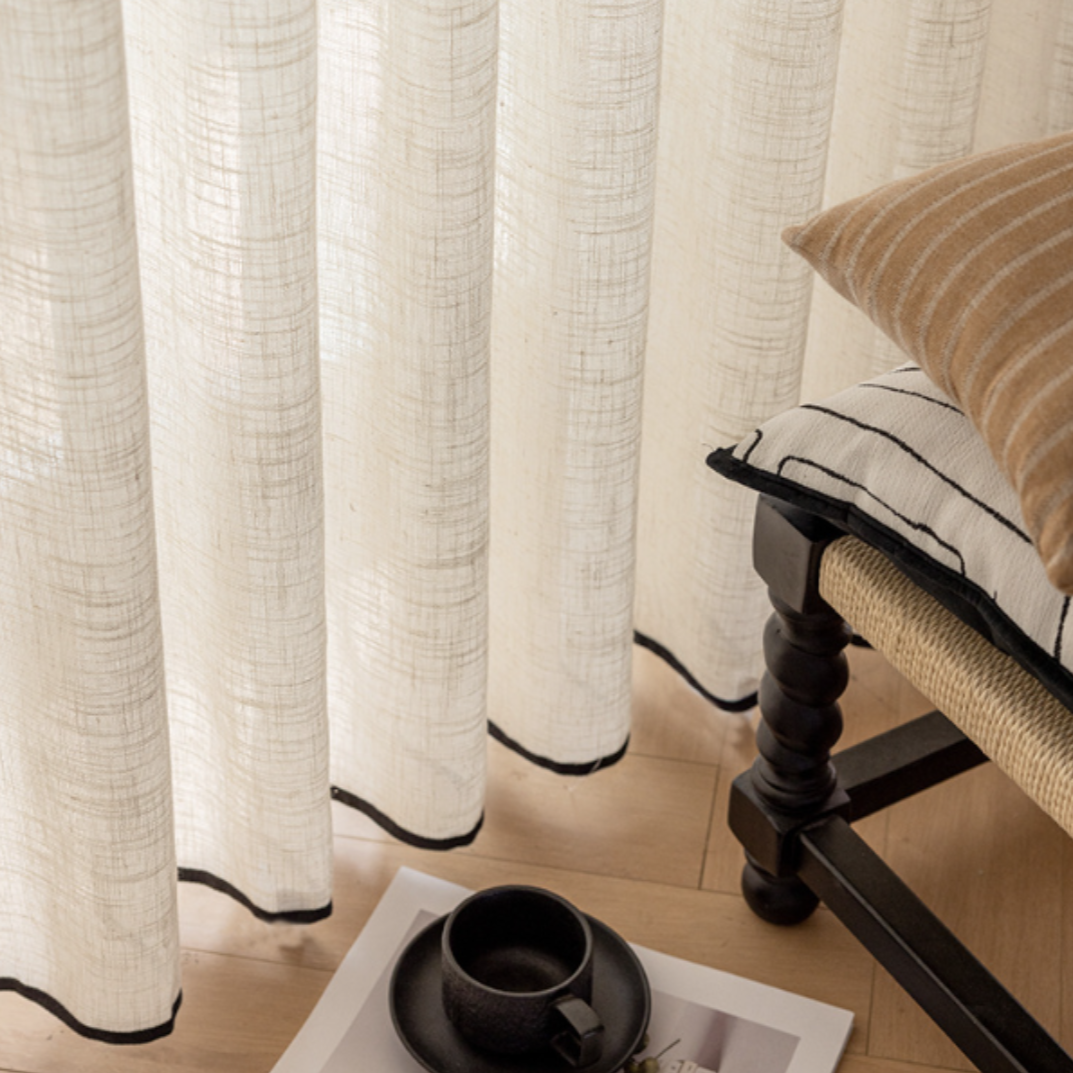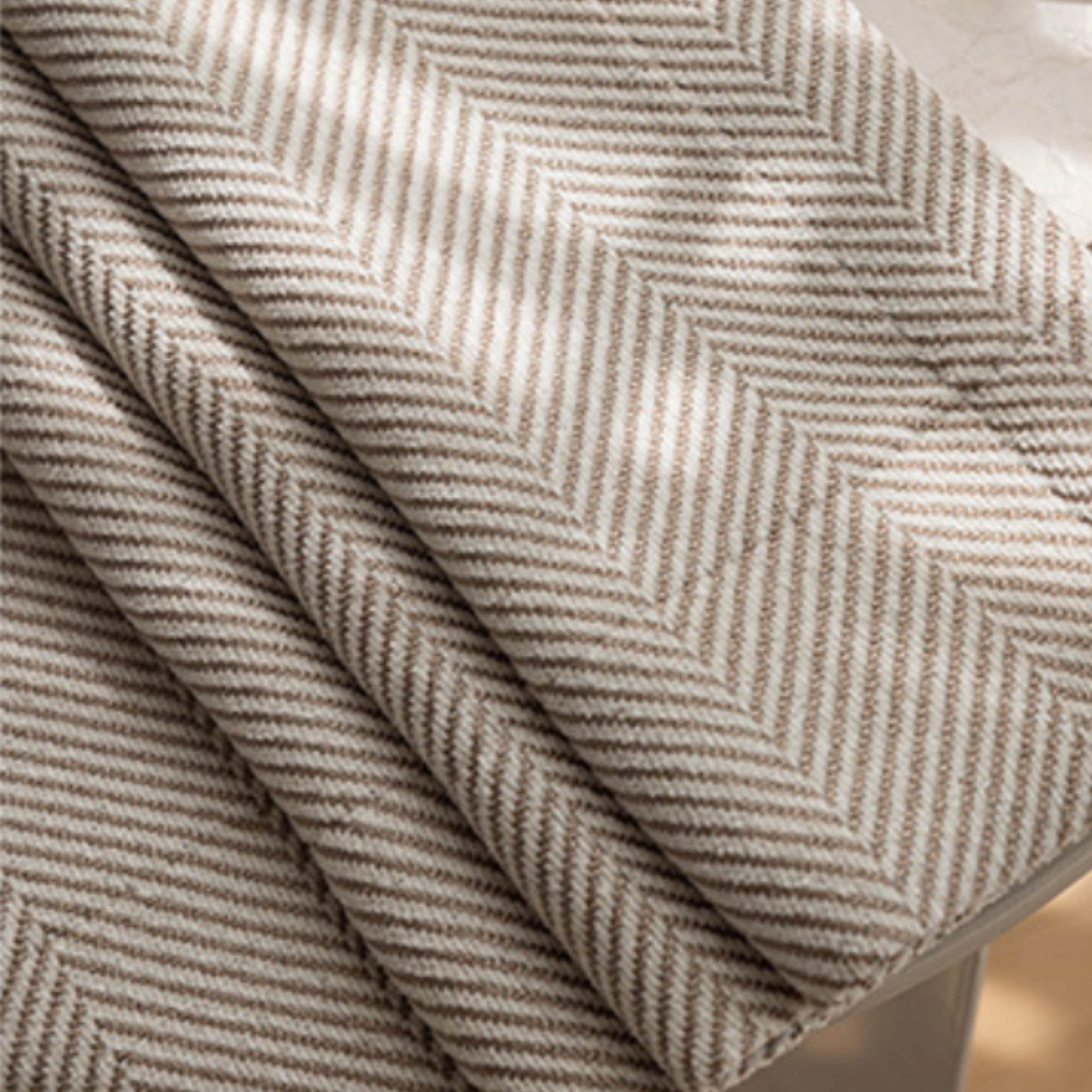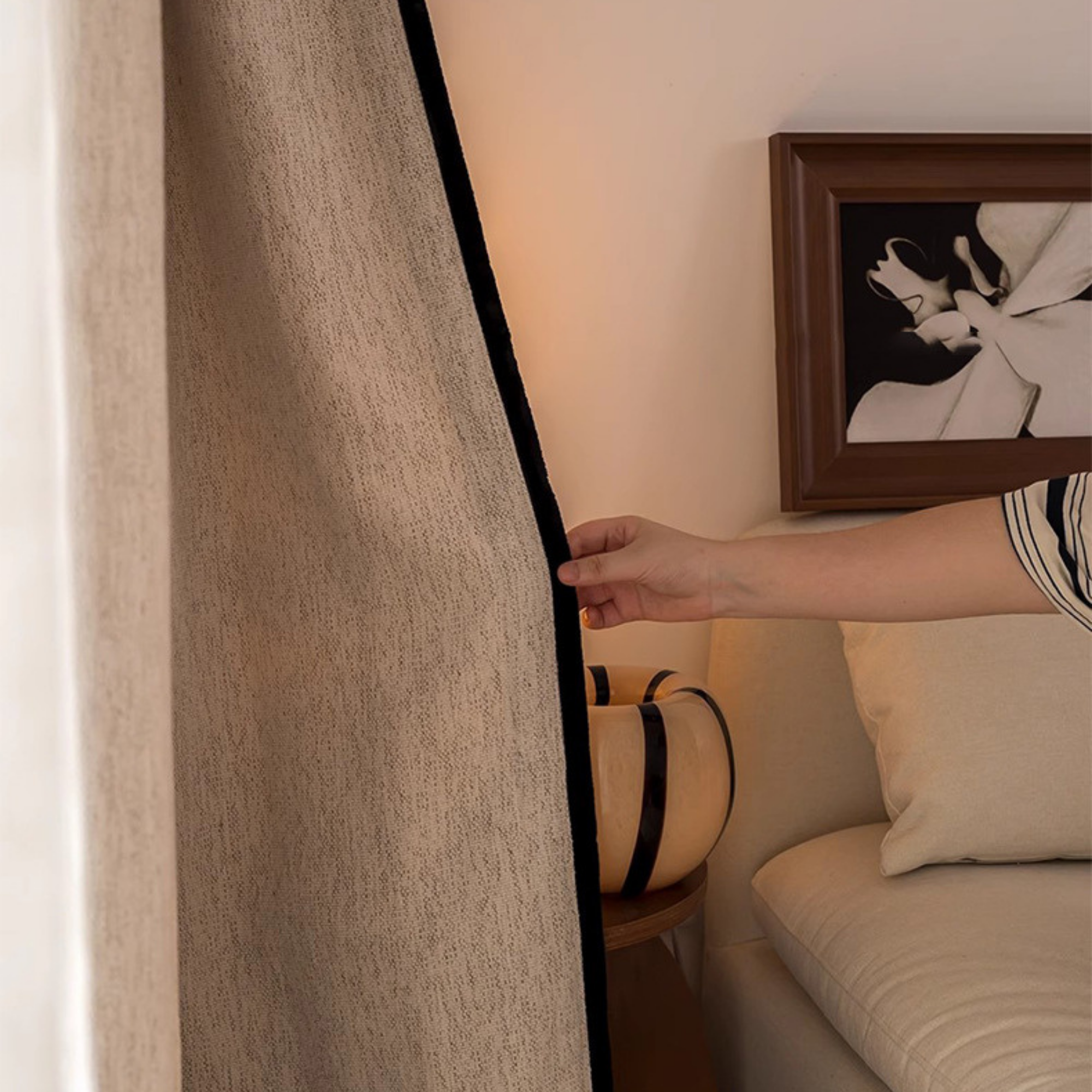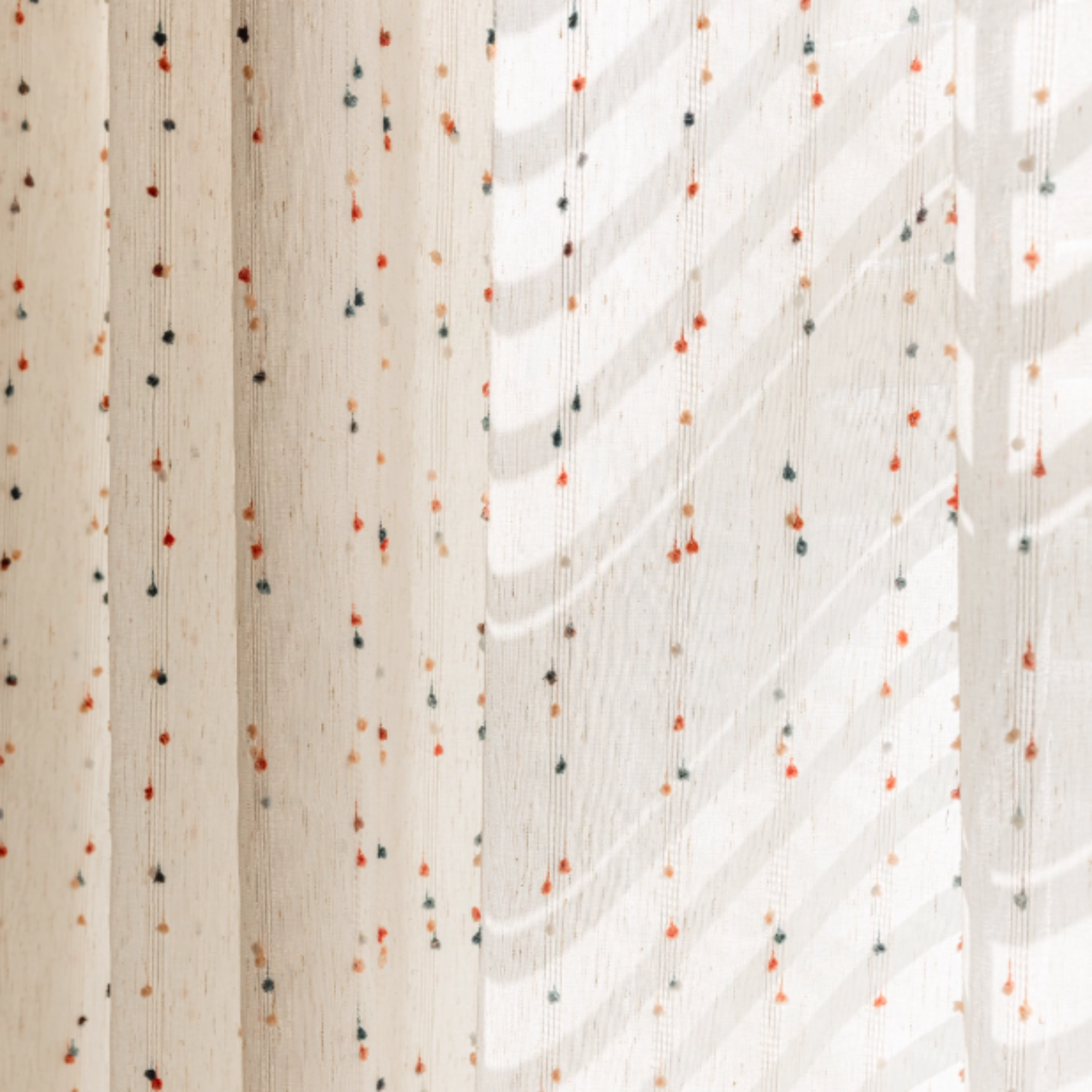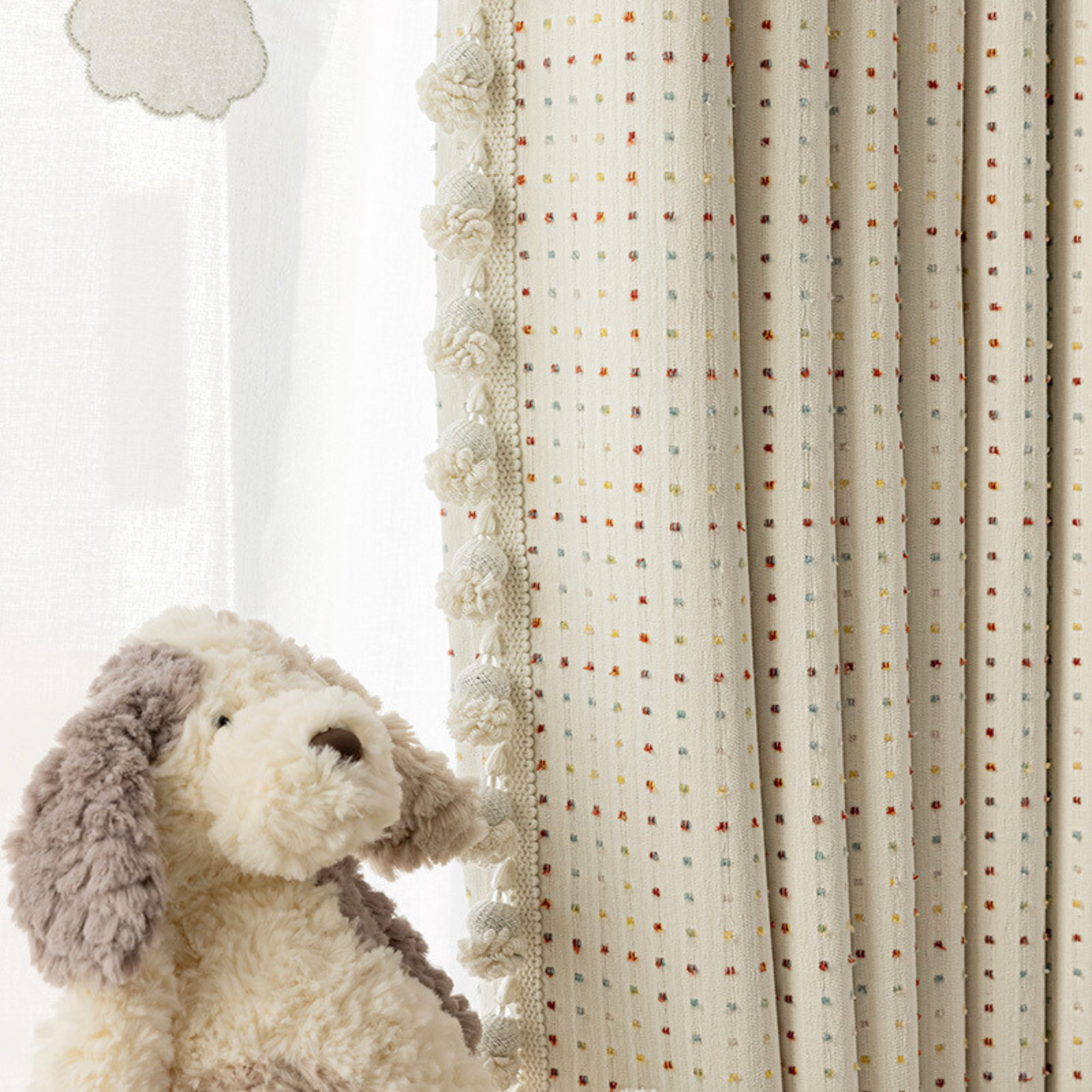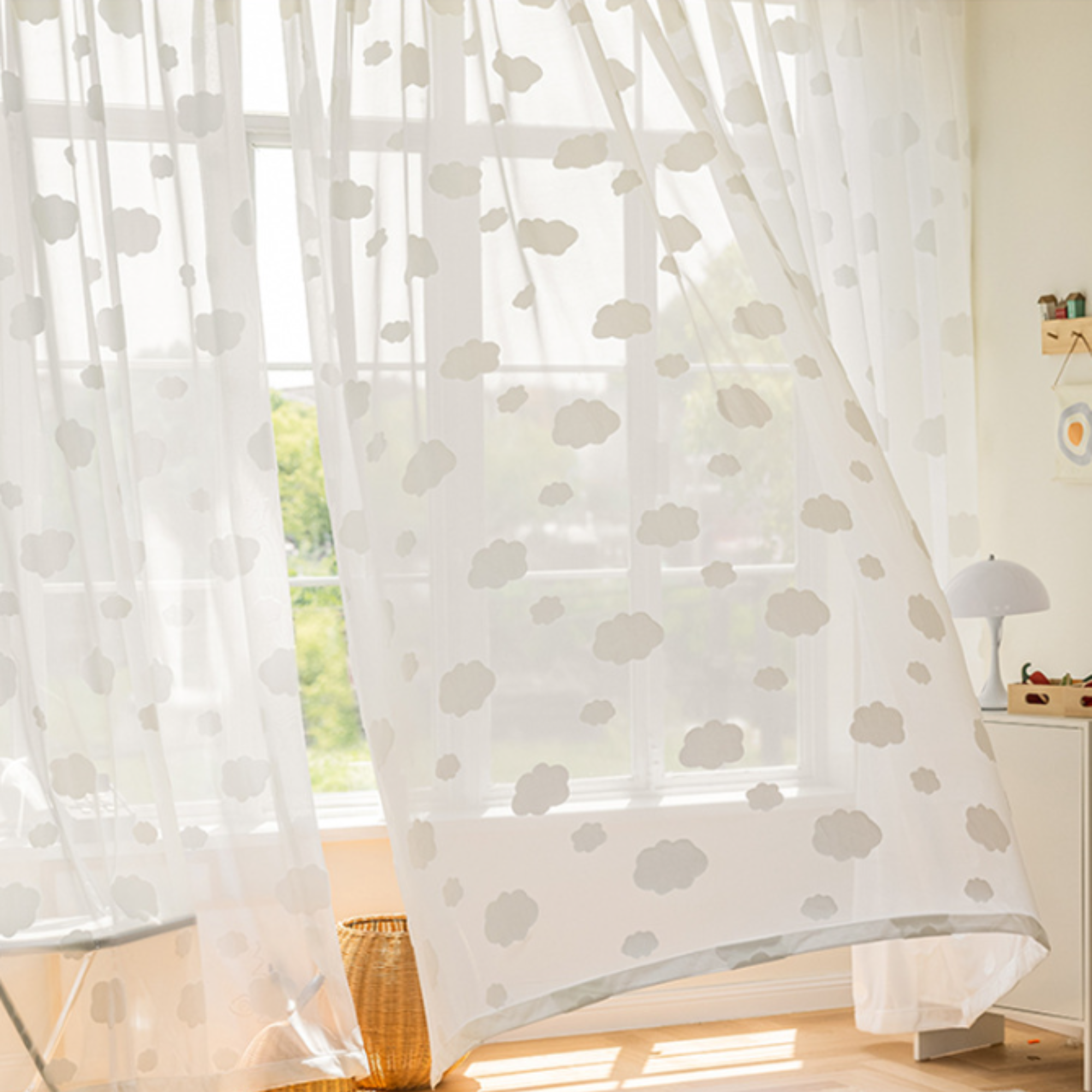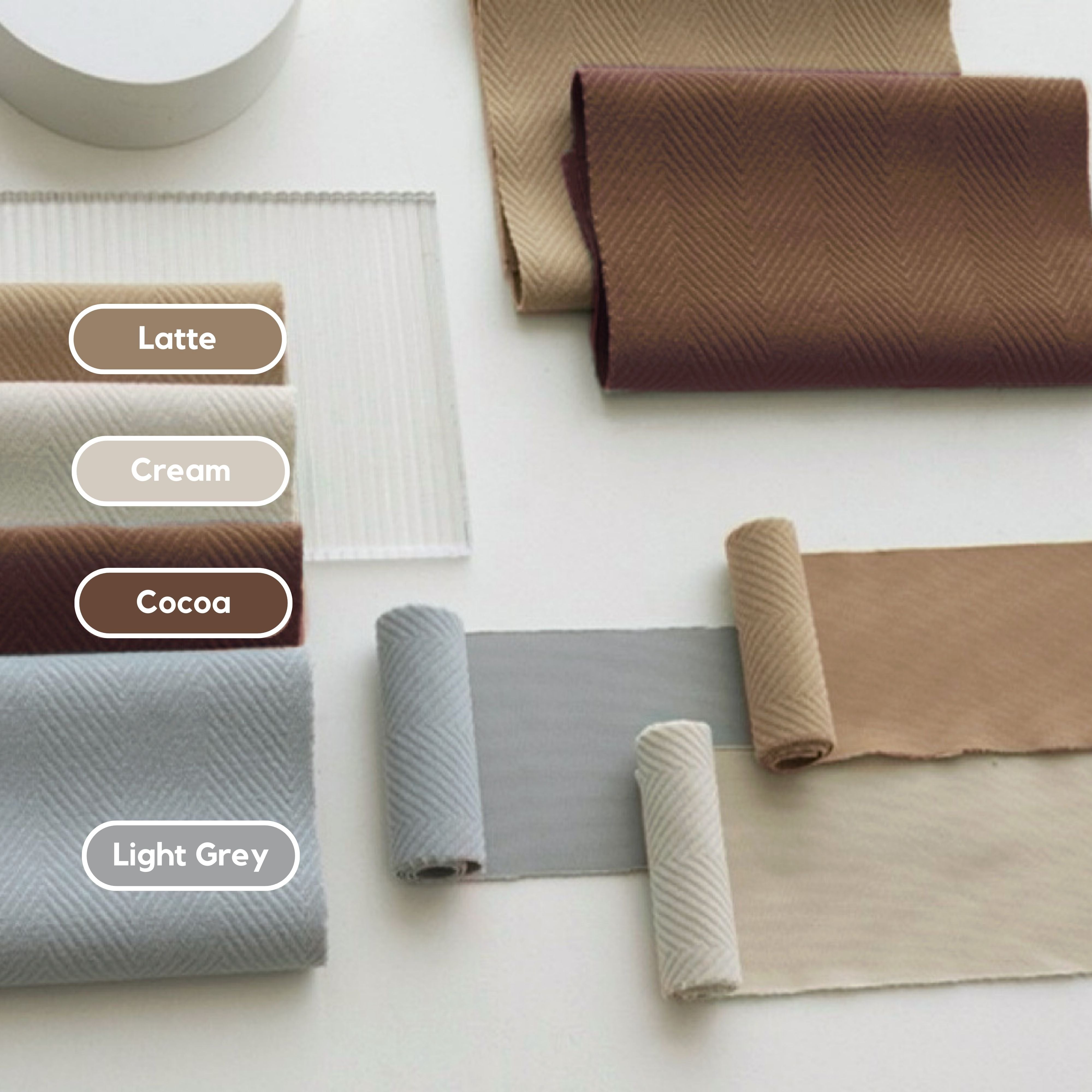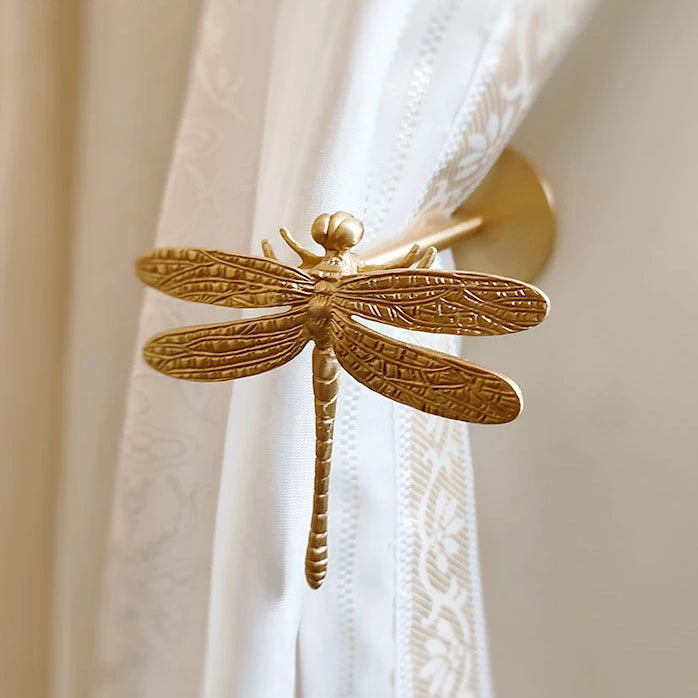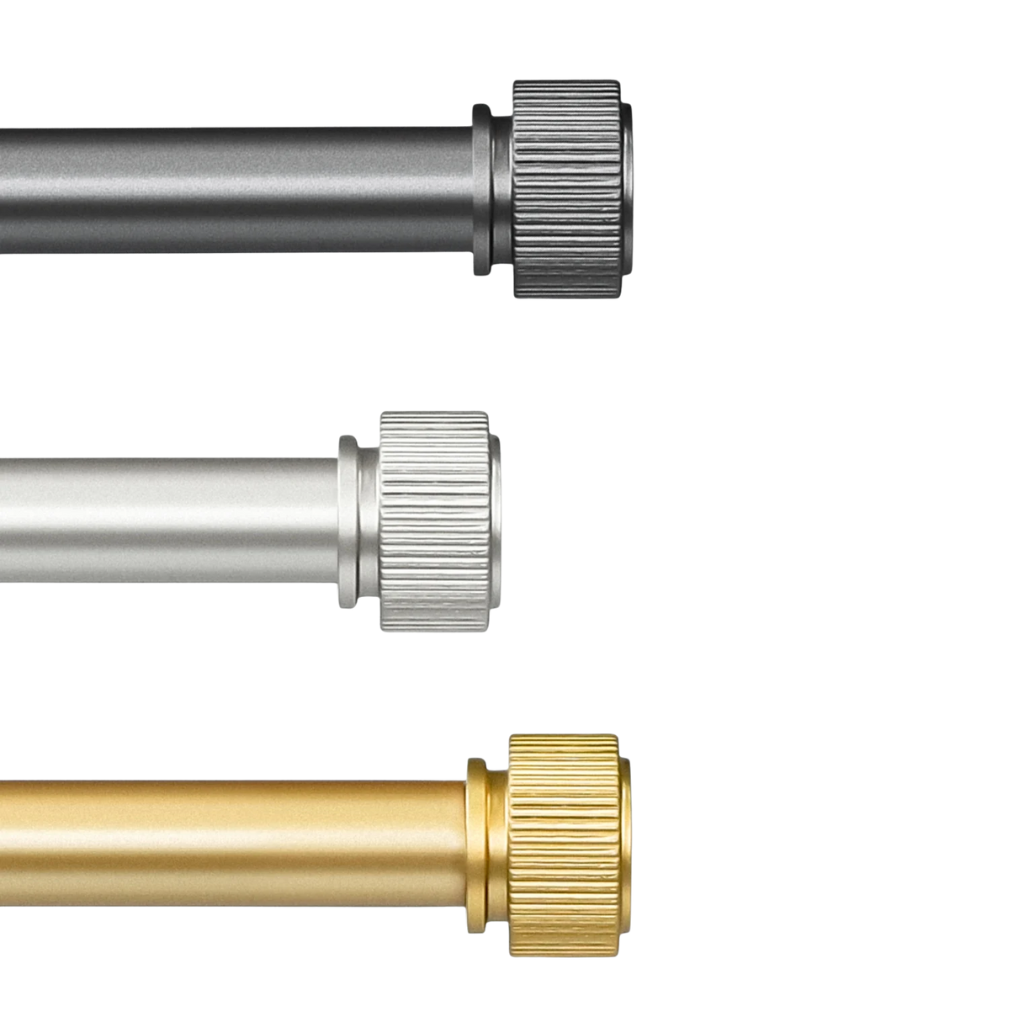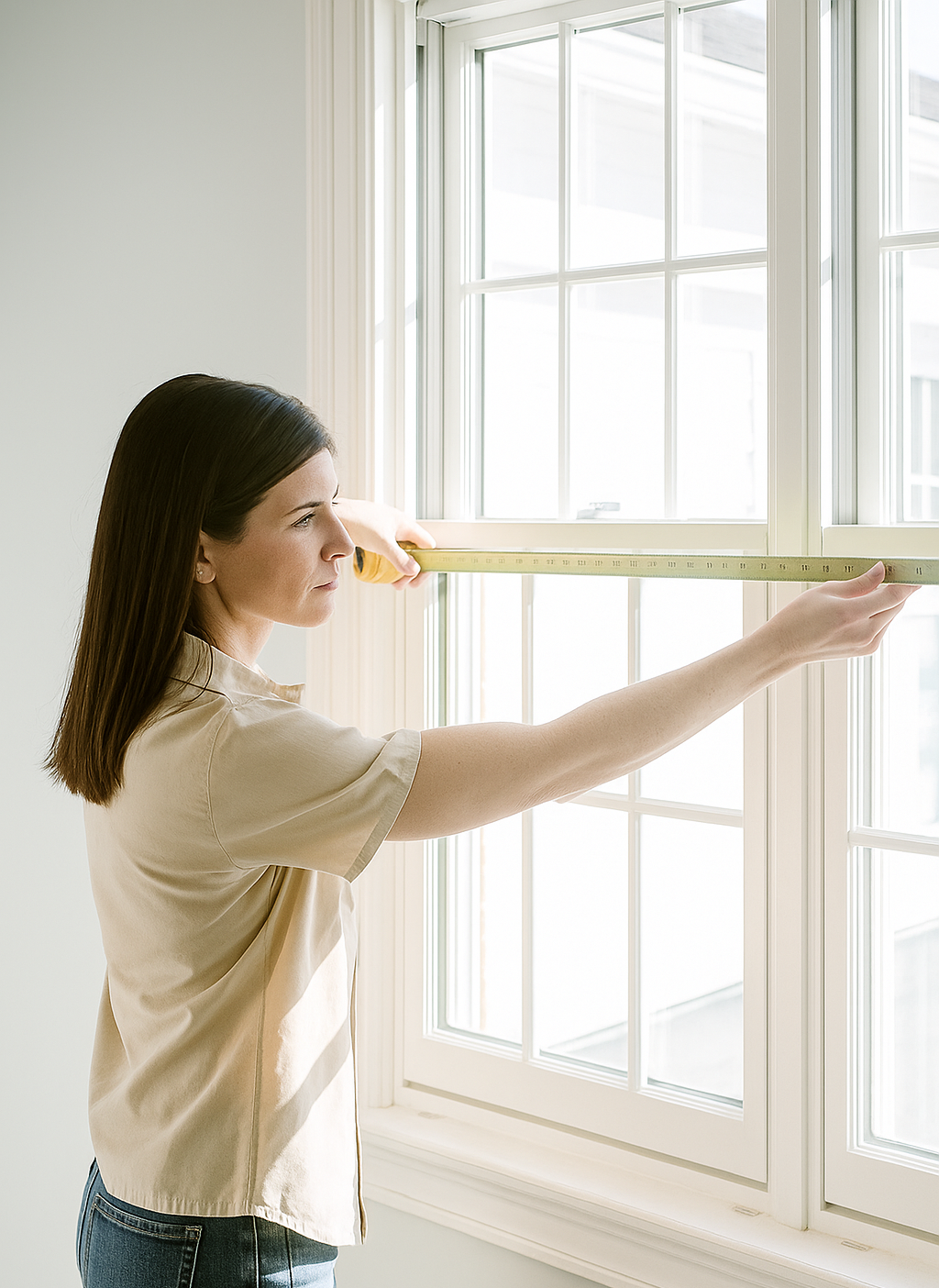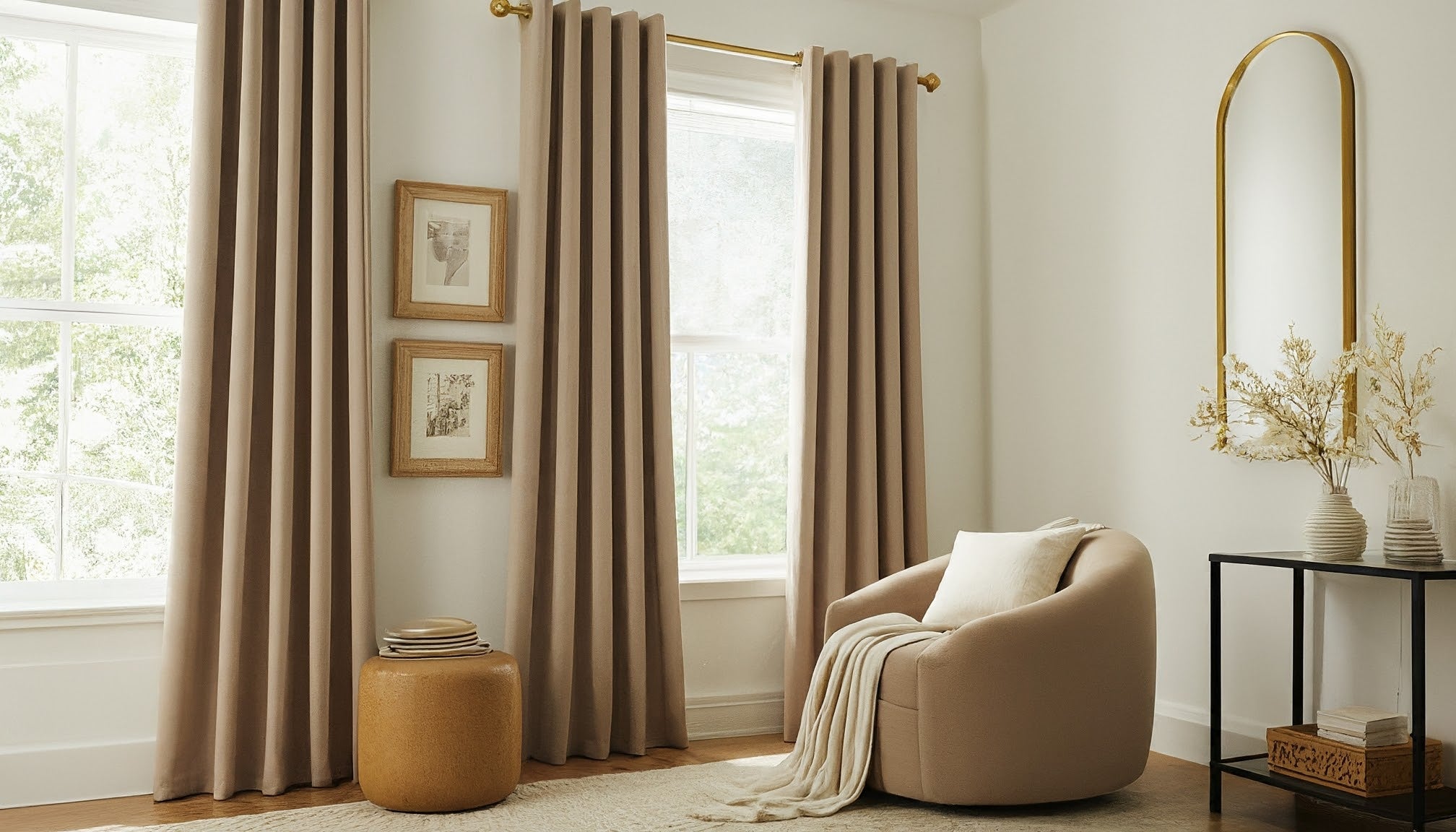Hanging curtains might seem like a simple task, but achieving a polished, professional look requires a bit of know-how. Whether you're updating your living room, bedroom, or any other space, properly hung curtains can elevate your home's decor, make your windows appear larger, and even help regulate the room's temperature. In this guide, we'll walk you through the essential tips and tricks for hanging curtains at the right height and width, ensuring a flawless finish every time.

Why Proper Curtain Hanging Matters
Curtains are more than just window coverings; they're a vital part of your interior design. When hung correctly, curtains can make a room feel taller, wider, and more luxurious. They can frame your windows beautifully, control the amount of natural light, and even improve energy efficiency by keeping drafts out. However, when hung incorrectly, curtains can make a room feel cramped, disorganized, and less inviting.
Choosing the Right Curtain Rod
Before you start hanging curtains, it’s crucial to choose the right curtain rod. It is best to decide the rod position before deciding on curtain length. The rod should complement the style of your curtains and be strong enough to support their weight.
- Consider the Style: Select a rod that matches your curtain style. For example, sleek metal rods work well with modern curtains, while ornate wooden rods are better suited for traditional styles.
- Length Matters: Your curtain rod should extend at least 6 to 12 inches beyond the window frame on each side. This allows the curtains to fully open without blocking the window, letting in maximum light.
- Choose the Right Diameter: The rod's diameter should be proportional to the weight of your curtains. Heavier curtains require thicker rods, while lighter curtains can be hung on slimmer rods. Our matte black adjustable curtain rod is 1-inch in diameter, which can hold up heavier curtains.
Determining the Perfect Curtain Height
One of the most common mistakes people make when hanging curtains is placing the rod too low. To create the illusion of height and make your room feel more spacious, it's important to hang your curtains as high as possible.
- Hang High: Ideally, your curtain rod should be installed as close to the ceiling as possible—2 to 3 inches below the crown molding or ceiling. This technique draws the eye upward and makes the room feel taller.
- Floor-Length is Key: For a tailored look, your curtains should either just touch the floor or hover slightly above it (around 1/2 inch). For a more dramatic effect, you can let your curtains "puddle" on the floor by adding a few extra inches to the length.

Getting the Curtain Width Right
Curtains should not only cover your windows but also provide a full, luxurious look when closed. Getting the width right is crucial to achieving this effect.
- Double Up: As a general rule, the total width of your curtains should be 2 to 2.5 times the width of the window. This ensures that the curtains will have enough fullness when drawn. Lumos curtains come with 2 times fullness as default. If you have special requests, please contact customer service via the chat button or send email to customerservice@lumoscurtains.com.
- Consider Curtain Style: If you're using sheer curtains, you might want to add extra width for a more gathered, voluminous look. For heavier drapes, sticking closer to the 2 times width rule will usually suffice.
- Overlap for Fullness: If you’re hanging curtains in pairs, ensure they overlap slightly in the center when closed to block out light and create a cohesive look.

Installation Tips for a Professional Finish
Now that you've determined the right height and width for your curtains, it's time to hang them. Follow these tips to ensure a professional finish:
- Measure Twice, Drill Once: Use a measuring tape to ensure your curtain rod is level and at the correct height. Mark the spots for your brackets with a pencil before drilling.
- Use the Right Hardware: Ensure you’re using the appropriate wall anchors or screws for your wall type. Heavy curtains may require additional support, so consider using extra brackets if needed. Our adjustable curtain rod comes with all the necessary hardwares for proper installation.
- Add Curtain Rings: For easy opening and closing, consider using curtain rings or hooks. These not only add a decorative touch but also prevent the fabric from getting stuck or tearing.
-
Iron or Steam Curtains (or Skip It with Memory-Shaping Technology!):
While ironing or steaming curtains is typically recommended to remove any wrinkles or creases, your blackout and room-darkening curtains come with memory-shaping technology that keeps them looking crisp and smooth straight out of the package. This innovative technology eliminates the need for ironing, so your curtains will hold their shape and maintain a polished appearance, even after transportation.
However, for sheer curtains, especially those with dimensions under 70 inches, you may need to iron them after unboxing. Due to the delicate nature of sheer fabrics, there might be minor creases caused by compression during shipping. A quick steam or light ironing will help remove any wrinkles and ensure they hang beautifully.
Common Curtain Hanging Mistakes to Avoid
To ensure your curtains look their best, avoid these common mistakes:
- Hanging Curtains Too Low: As mentioned earlier, hanging curtains too close to the window frame can make your room feel smaller. Always aim for height to create the illusion of taller windows.
- Choosing the Wrong Curtain Length: Curtains that are too short can look awkward and out of place. Always measure carefully and opt for floor-length curtains for a polished appearance.
- Skimping on Width: Curtains that are too narrow won’t fully cover your windows, leaving gaps and making the room feel unfinished. Always aim for double the window width.
Final Touches for a Professional Look
After hanging your curtains, take a step back and assess the overall look. Make any necessary adjustments to ensure they’re hanging evenly and symmetrically.
- Fluff and Arrange: Gently arrange the pleats or folds of your curtains to create a uniform look. For pleated curtains, adjust the pleats so they’re evenly spaced across the rod.
- Tiebacks and Holdbacks: Consider using tiebacks or holdbacks to add a touch of elegance and keep your curtains neatly pulled back during the day.
- Layering: For added depth and texture, consider layering sheer curtains under heavier drapes. This not only looks sophisticated but also gives you more control over light and privacy.

Conclusion: Mastering the Art of Curtain Hanging
Hanging curtains like a pro is all about attention to detail and following a few key guidelines. By choosing the right rod, hanging your curtains at the correct height as close to the ceiling as possible, and ensuring they’re wide enough to provide fullness, you can transform your windows and enhance the overall aesthetic of your room. With these tips and tricks, you'll achieve a polished, professional look that adds style and function to any space.
FAQs
Q1: How far should curtain rods extend beyond the window?
Curtain rods should extend 6 to 12 inches beyond the window frame on each side to allow the curtains to fully open without blocking the window.
Q2: What is the ideal height to hang curtains?
For most rooms, the curtain rod should be installed as high as possible, 2 to 3 inches below the ceiling or crown molding, to create the illusion of taller windows.
Q3: Should curtains touch the floor?
Yes, for a tailored look, curtains should just touch the floor or hover slightly above it. For a more dramatic effect, you can let the curtains "puddle" on the floor.
Q4: How wide should my curtains be?
The total width of your curtains should be 2 to 2.5 times the width of the window to ensure fullness when drawn.
Q5: Can I hang curtains without drilling?
Yes, you can use adhesive hooks or tension rods for lighter curtains. Another way is to use Command Curtain Rod Hooks. However, for heavier drapes, drilling is recommended to ensure the rod is securely anchored.

